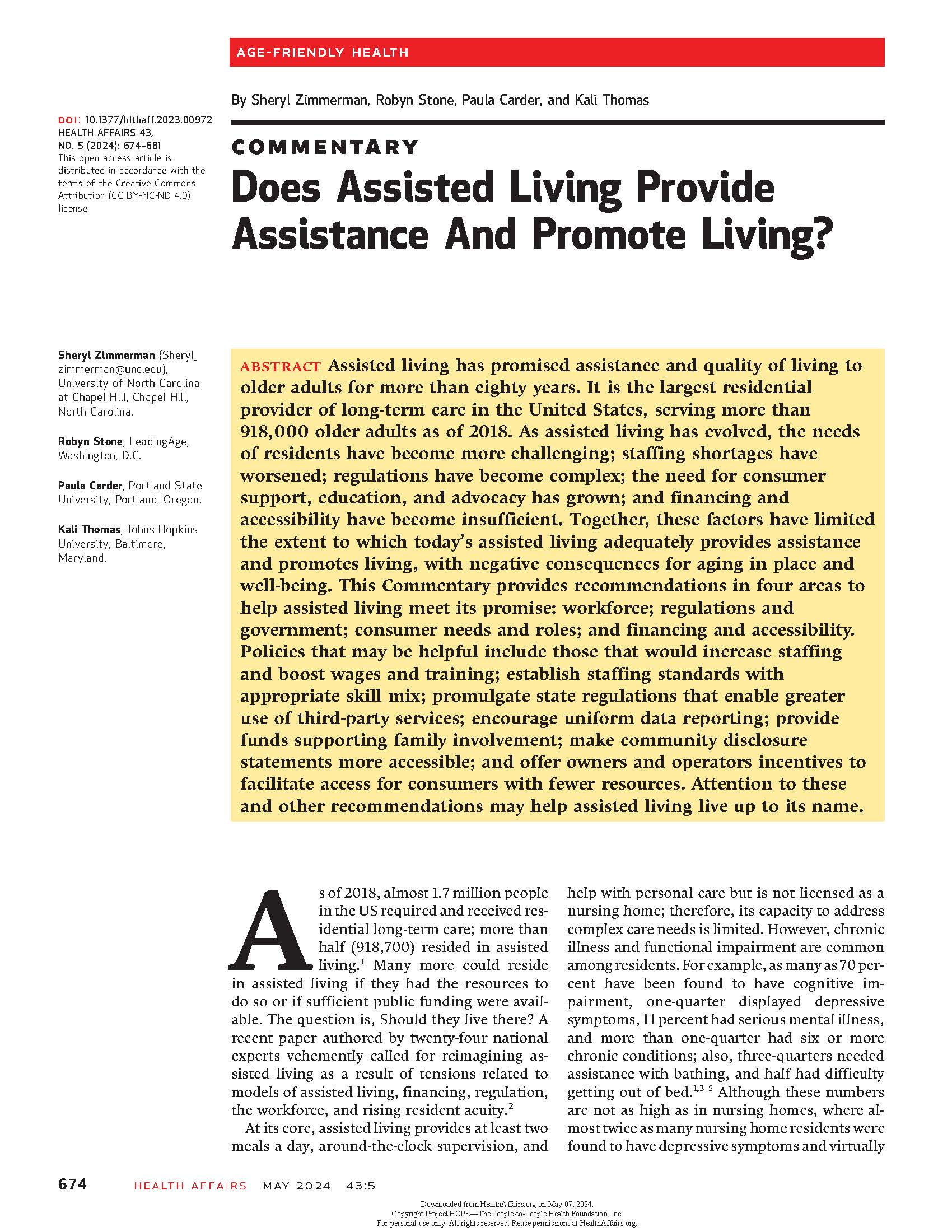Background
Existing literature on online reviews of healthcare providers generally portrays online reviews as a useful way to disseminate information on quality. However, it remains unknown whether online reviews for assisted living (AL) communities reflect AL care quality. This study examined the association between AL online review ratings and residents’ home time, a patient-centered outcome.
Methods
Medicare beneficiaries who entered AL communities in 2018 were identified. The main outcome is resident home time in the year following AL admission, calculated as the percentage of time spent at home (i.e., not in institutional care setting) per day being alive. Additional outcomes are the percentage of time spent in emergency room, inpatient hospital, nursing home, and inpatient hospice. AL online Google reviews for 2013–2017 were linked to 2018–2019 Medicare data. AL average rating score (ranging 1–5) and rating status (no-rating, low-rating, and high-rating) were generated using Google reviews. Linear regression models and propensity score weighting were used to examine the association between online reviews and outcomes. The study sample included 59,831 residents in 12,143 ALs.
Results
Residents were predominately older (average 81.2 years), non-Hispanic White (90.4%), and female (62.9%), with 17% being dually eligible for Medicare and Medicaid. From 2013 to 2017, ALs received an average rating of 4.1 on Google, with a standard deviation of 1.1. Each one-unit increase in the AL’s average online rating was associated with an increase in residents’ risk-adjusted home time by 0.33 percentage points (p < 0.001). Compared with residents in ALs without ratings, residents in high-rated ALs (average rating ≥4.4) had a 0.64 pp (p < 0.001) increase in home time. Conclusions Higher online rating scores were positively associated with residents’ home time, while the absence of ratings was associated with reduced home time. Our results suggest that online reviews may be a quality signal with respect to home time.


